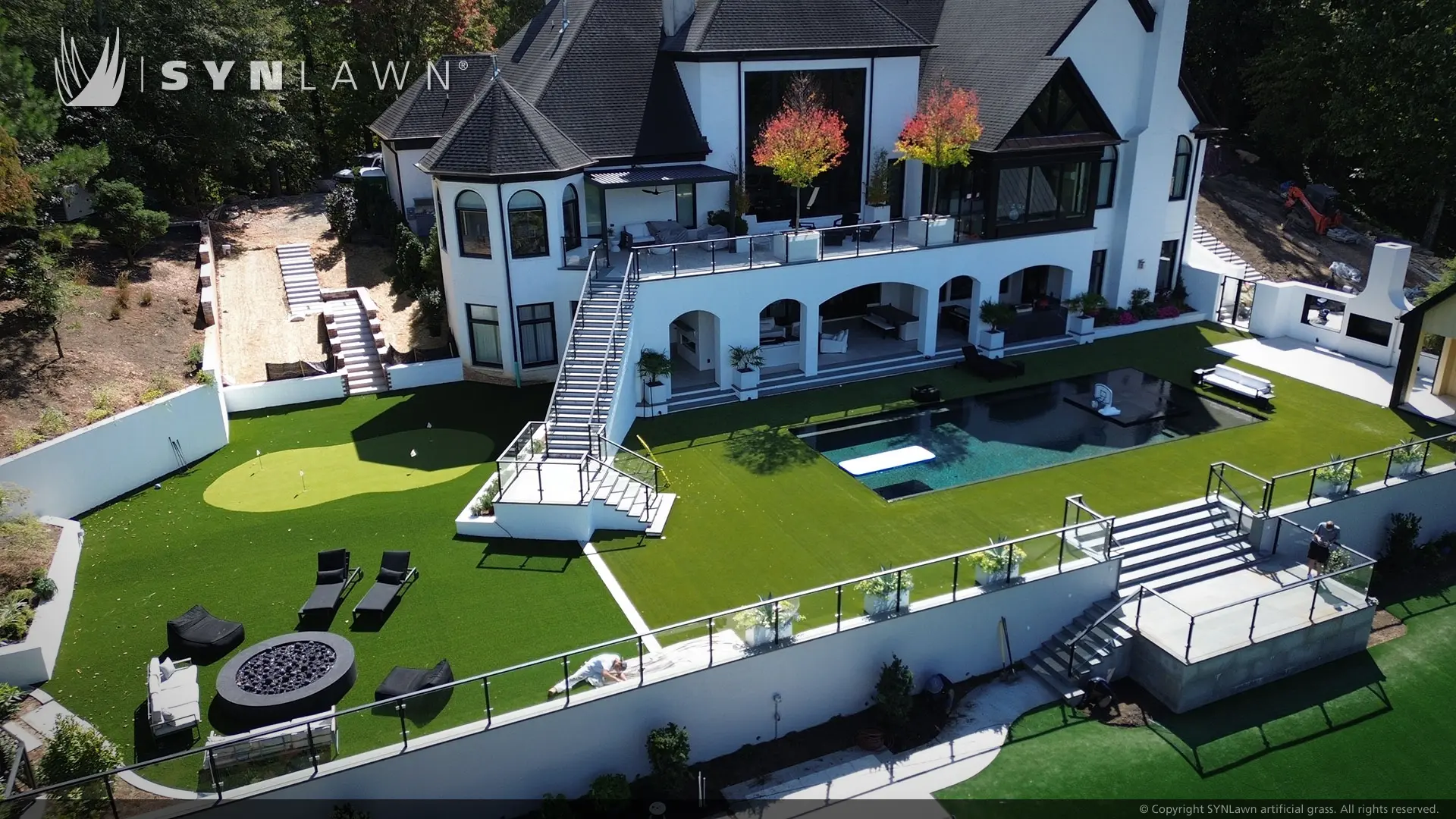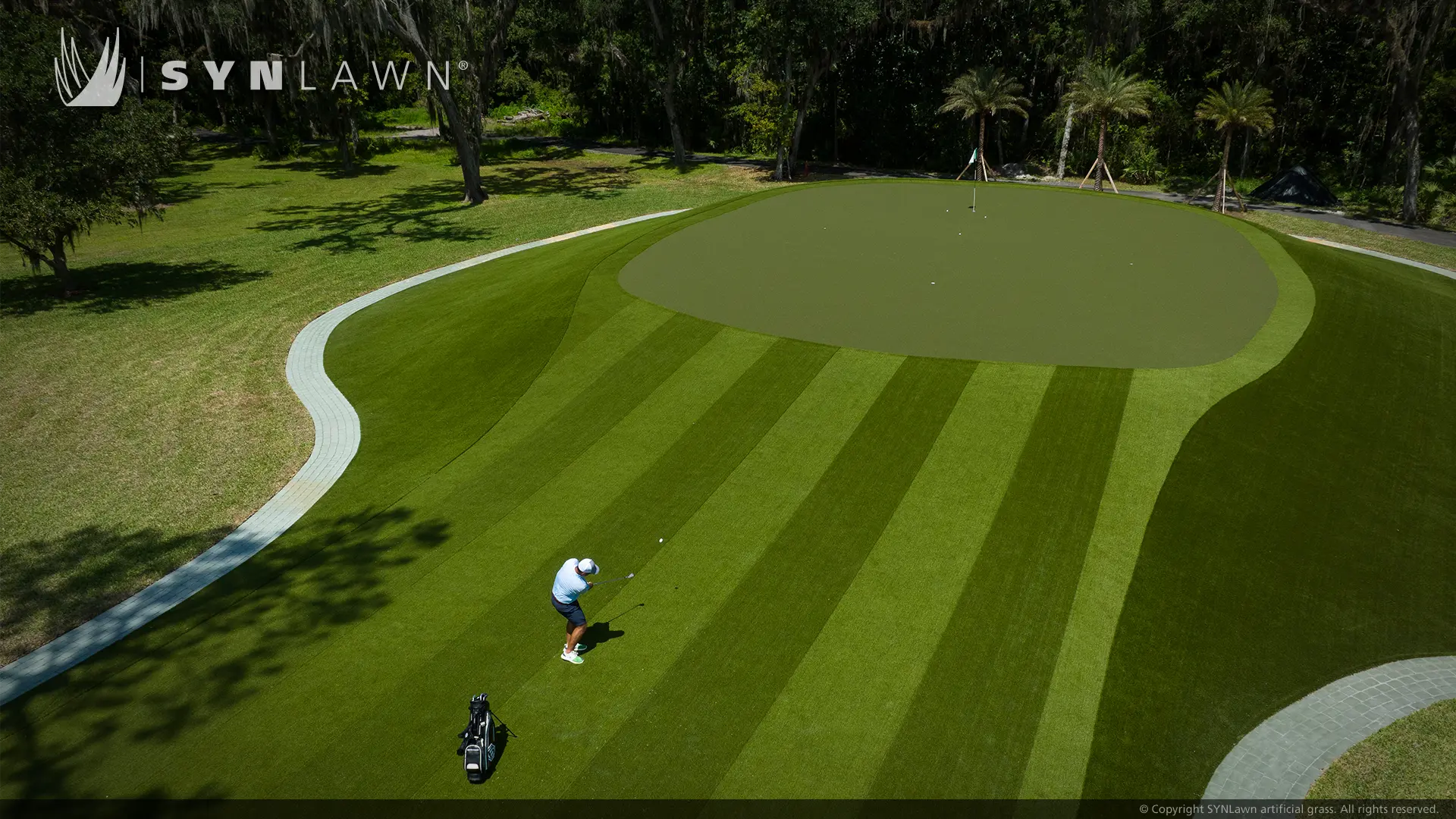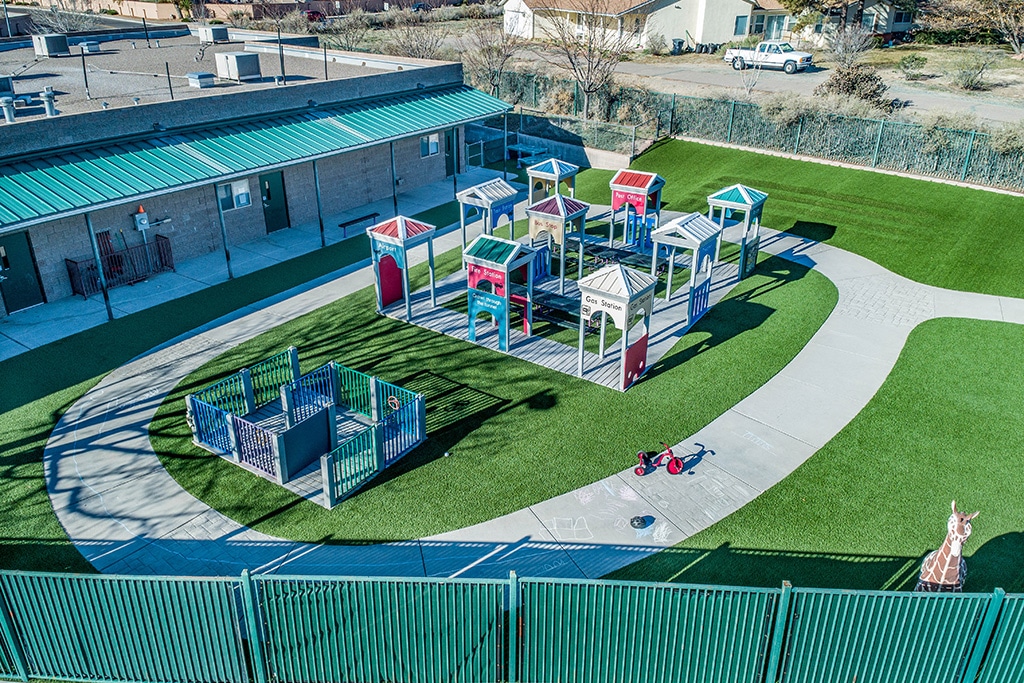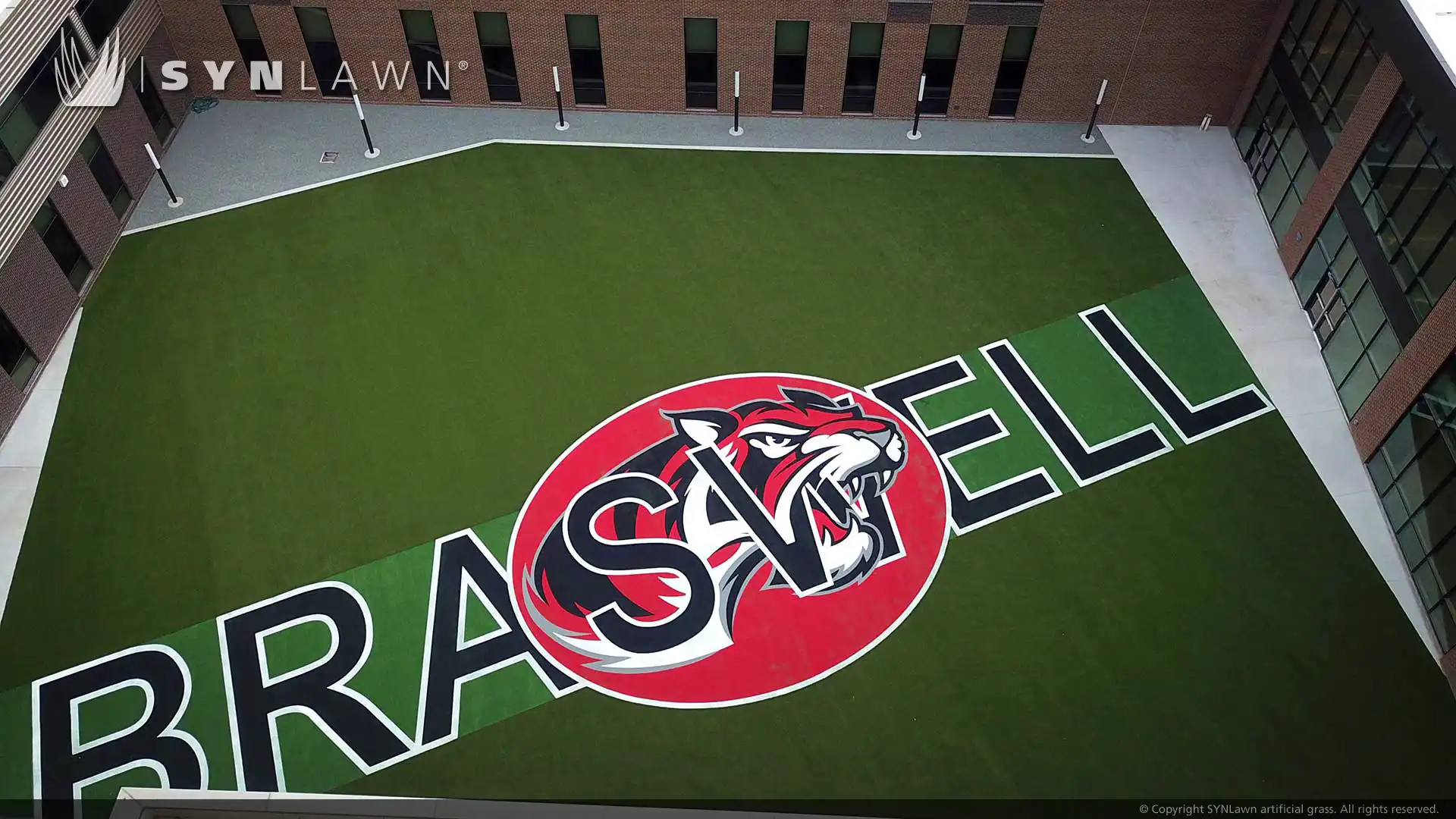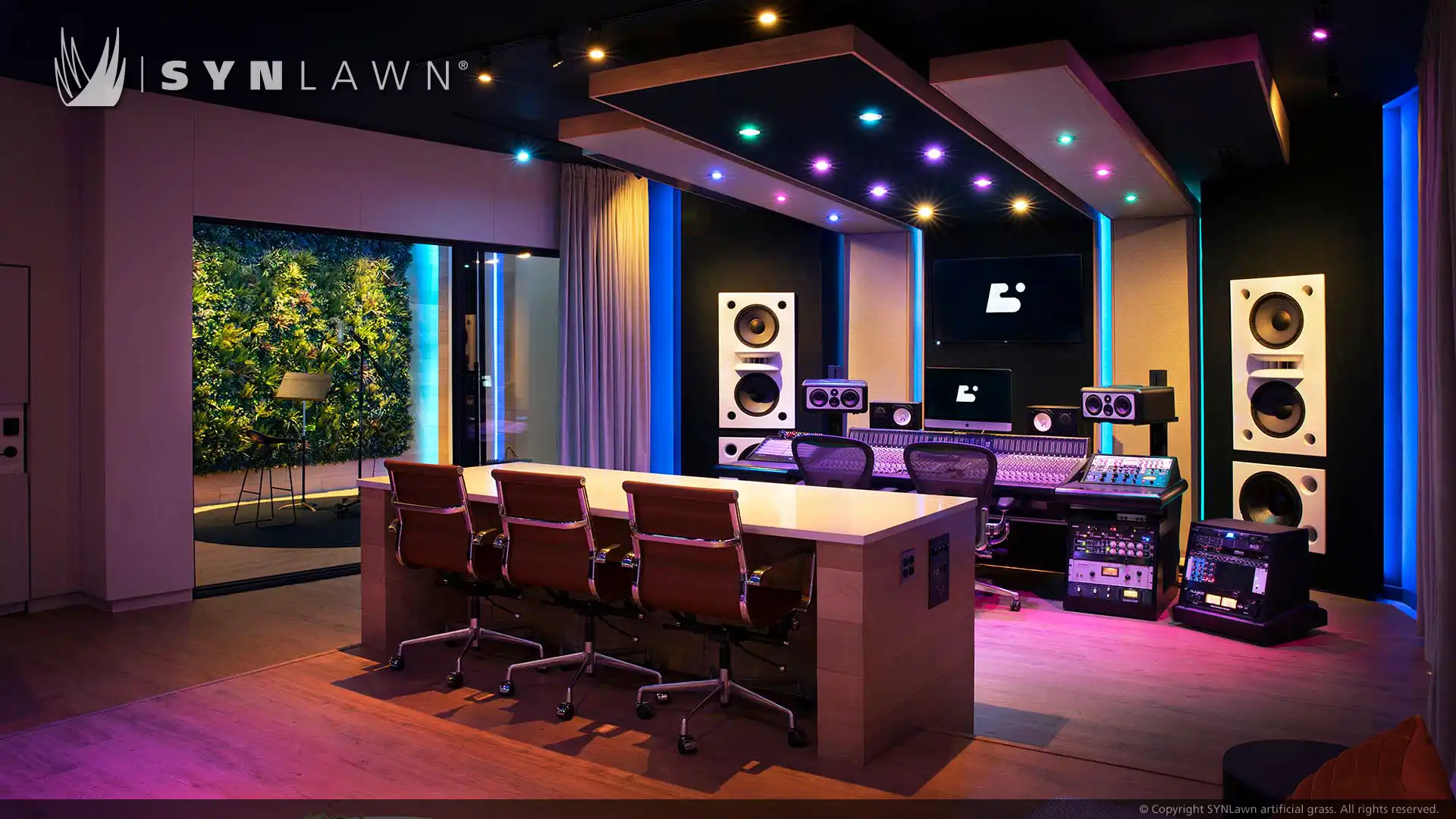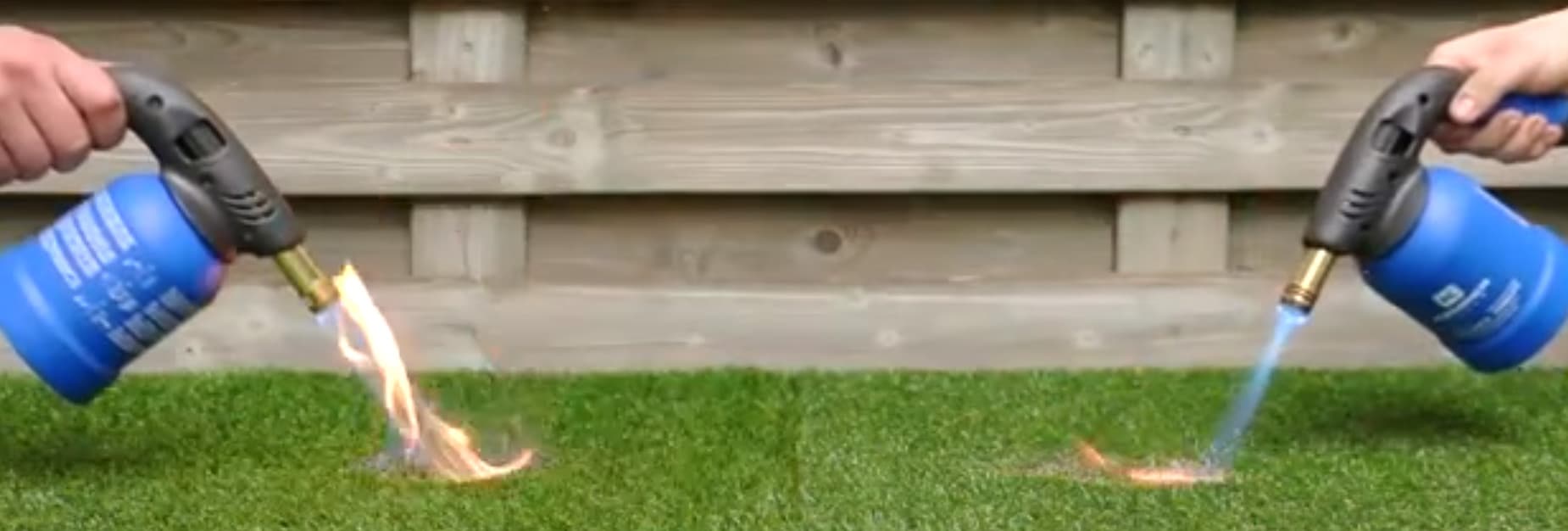
Refit Your Home for Fire Resistance with SYNLawn – Class A Fire Rating
Fire Season has hit California early and hard this year. Something people don’t know is that SYNLawn can help protect homes and businesses from fire. You can be certain you’re making the safe decision when you decide on SYNLawn.
SYNLawn is the only artificial grass holding the most stringent Class A fire rating. SYNLawn provides not only a “defensible space” barrier your home needs to stay protected but a product that can actually extinguish the spread of flame. The two most common ways your home can ignite from a wildfire are burning embers falling on your home and actual encroachment of a fire into your home.
SYNLawn helps with both because it doesn’t catch fire. It can even act as a “green” fire barrier, absorbing heat and allowing oncoming embers to burn themselves out on its fire-safe surface. Bare, open space normally associated with the “defensible space” principal cannot do this.
Aside from fire protection, SYNLawn is highly engineered with the best technologies available. From IR reflectors to keep it cooler than any other artificial grass to the largest array of fiber shapes and color technologies, you can be sure to find the perfect look and feel with SYNLawn. All of this technology is backed by the industry’s most aggressive lifetime warranty.
Class A Fire Rating tests are applicable to coverings that are effective against severe test exposure, afford a high degree of fire protection to the surface, do not slip from the position, and do not present a flying brand hazard. To be regarded as Class A, a system has to meet the requirements of eight tests.
- Four burning tests, two spread of flame tests, and two intermittent flame tests.
- Each Class A intermittent flame test requires fifteen 2 min exposures to 1400 degrees F flame with 2 min intervals between each exposure.
- Each class a spread of flame test requires a single 10 min exposure to 1400 degree flame.
- All tests are performed in the presence 1056 + 44y min air velocity.
